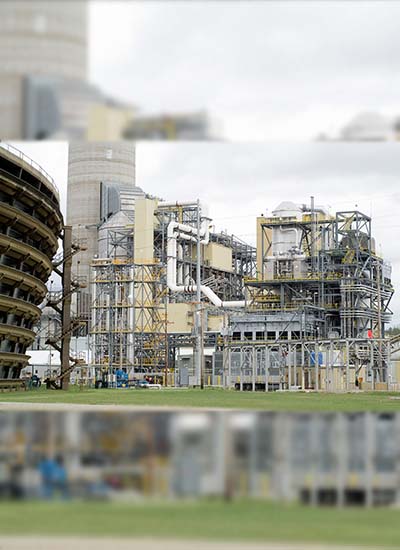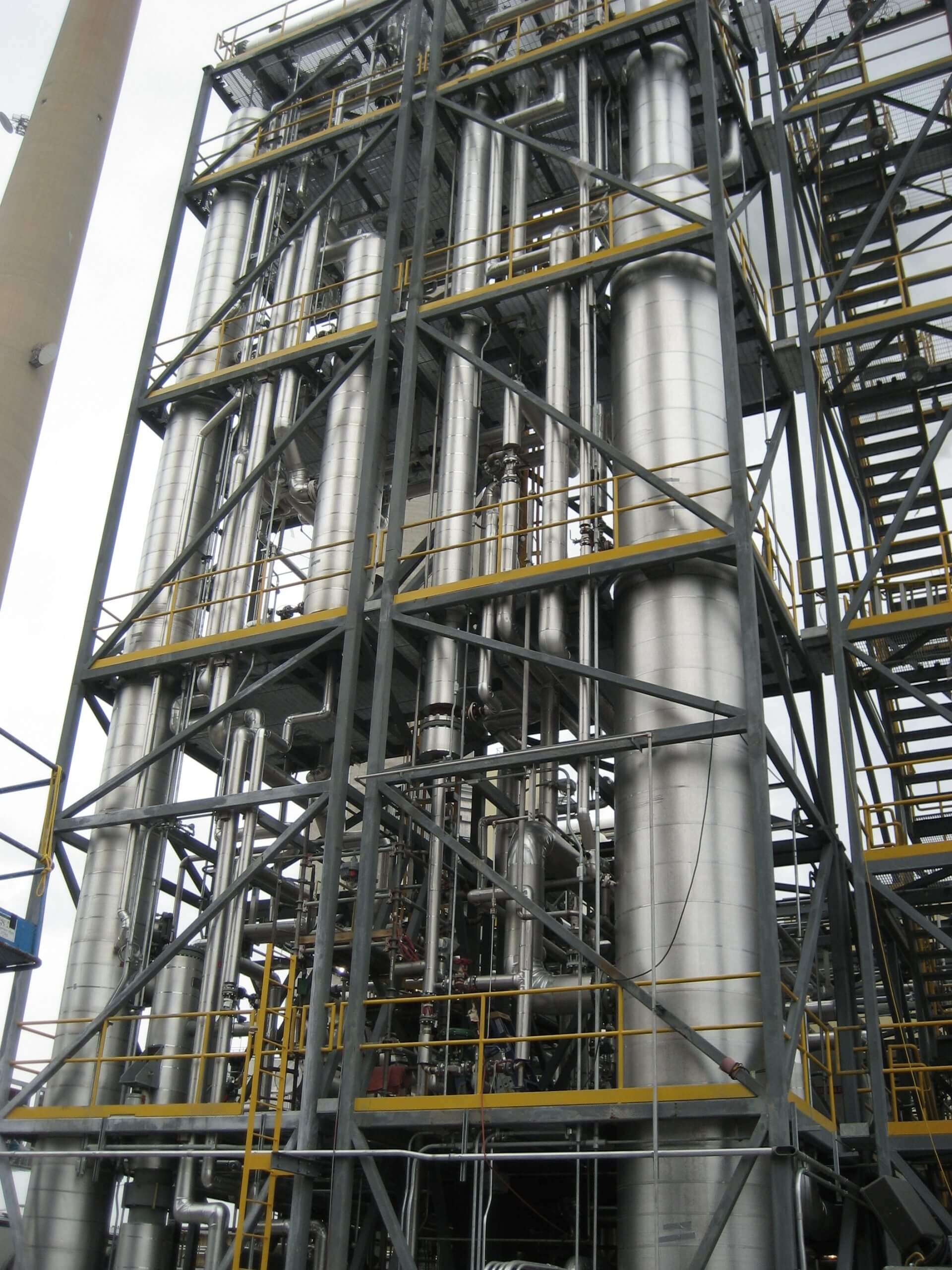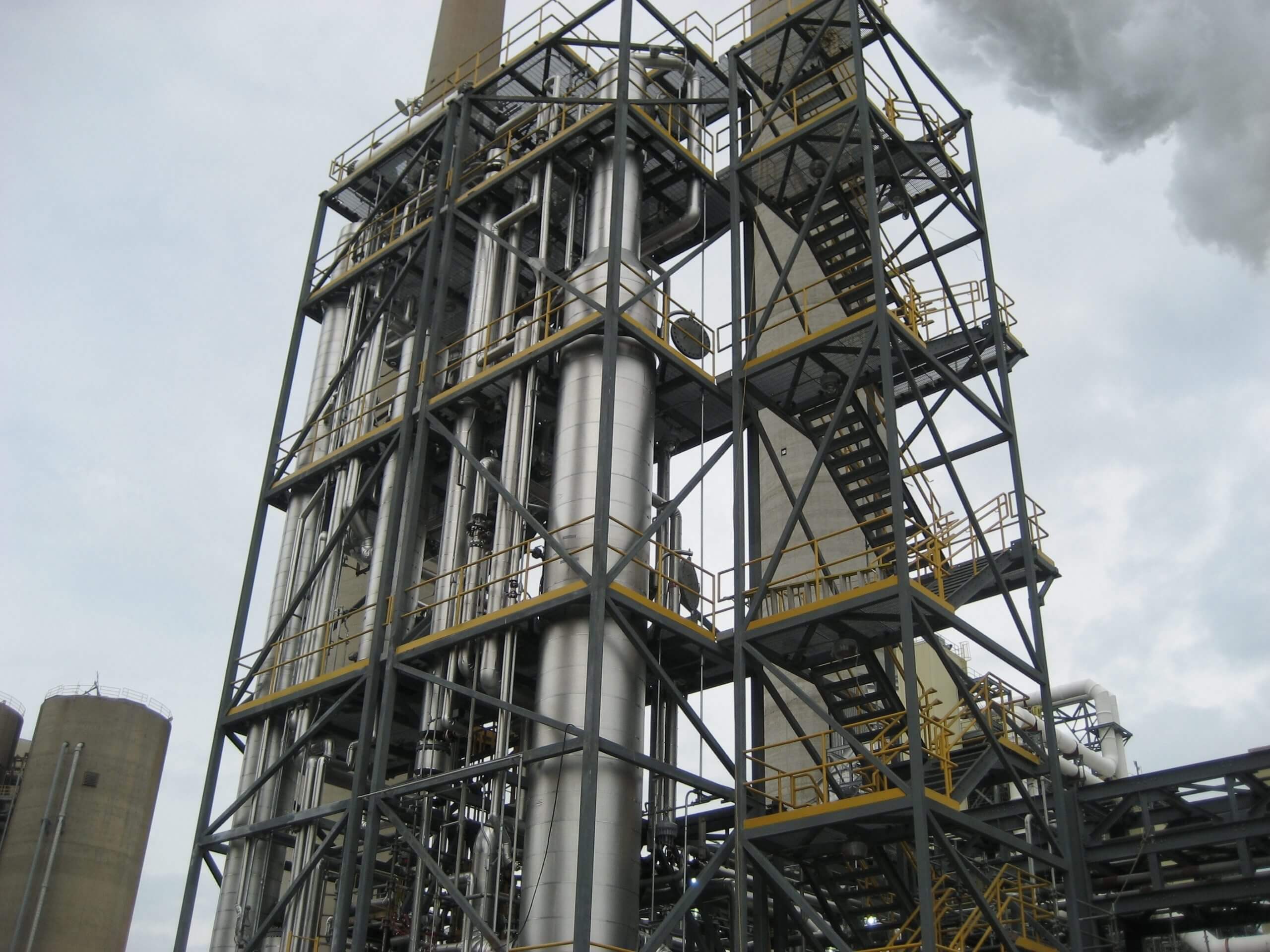This website uses cookies so that we can provide you with the best user experience possible. Cookie information is stored in your browser and performs functions such as recognising you when you return to our website and helping our team to understand which sections of the website you find most interesting and useful.
Challenge
Among the core challenges of this system was designing it such that it accommodates a broad range of operating conditions. Additionally, the tendency of the ammonium carbonate solvent to form solids at low temperatures and in stagnant spots made proper temperature control and piping design essential. The materials of construction also necessitated careful consideration due to certain high temperature areas requiring the use of higher alloys than regular stainless steel.
SOLUTION
Koch Modular provided a multi-module flue gas carbon capture system including solvent regeneration and recovery. The process first absorbs the CO2 using an ammonium carbonate solvent. The CO2 is then stripped out from the solvent in a regenerator, converting the ammonium bicarbonate back into ammonium carbonate. The latter is returned to the CO2 absorber, thus completing the solvent cycle.
RESULTS
The modular design allowed for the client to concentrate, with minimal interruption, on the engineering, infrastructure and on-site construction activities pertaining to this greenfield project. Furthermore, the use of modules substantially reduced the site labor requirement and shortened project schedule.
Despite the complexity of the equipment, the system provided by Koch Modular was the most trouble-free section of the client’s plant due to engineers capturing special design features to ensure smooth operation of the unit.
Ultimately, the pilot unit was run by the client for two years to test their carbon capture and storage concept. Up to 300 tons a day of CO2 was compressed, injected and sequestered between layers of rock deep underground, and the project was deemed a complete success.







